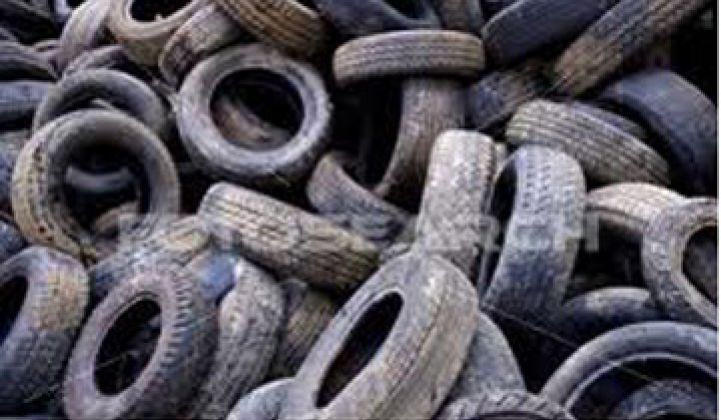Lehigh Technologies wants to eliminate TDF.
No, not the Tour de France. Tire-derived fuel. When old tires get turned into recyclers, the typical next step involves chopping them into two- to four-inch squares and selling them to industrial corporations with kilns. The rubber chunks subsequently get incinerated for heat.
Lehigh -- which has received funds from Kleiner, Perkins and others -- claims it has a more economical solution. It chops the rubber into small squares and then flash-freezes them at subzero temperatures by dipping them in liquid nitrogen, just like that banana in your high school chemistry book.
It then feeds the pieces into a specially designed mill that grinds them into micron-sized particles.
“Think of it as a jet engine with teeth operating at 2,500 revolutions per minute,” says CEO Alan Barton.
Lehigh bought the intellectual property for the mill from a German company that originally designed it to dispose of unwanted pharmaceuticals. The company thus is an example of recycled industrial equipment repurposed via recycling.
While the company has been around for years, it could start to become more visible this year, Barton argued. Oil prices have inflated the cost of conventional rubber. With $90 a barrel oil, synthetic rubber costs 80 to 90 cents a pound. (Natural rubber sells for $2 a pound.) Lehigh can produce recycled rubber for less than synthetics.
Besides costing less, Lehigh (and other recyclers like Modular Carpet Recycling) can tout prices that don’t fluctuate with the price of oil, perhaps a bigger concern. Tire recycling fees have also created a mound of feedstock.
“Our pricing is a lot less volatile,” he said. “Resins (from conventional manufacturers) only go in one direction -- and that is up.”
Lehigh currently concentrates on specific verticals: recycled rubber for tires, asphalt, coatings and roofing material and commercial plastics.
“Three out of the top five tire companies are already working with us,” he said. It started selling micronized rubber to the plastics industry last year. The material was also incorporated into road material in Georgia: the data from that experiment will allow the company to market it to the wider civil engineering and construction community.
Tire makers can not completely substitute Lehigh’s recycled rubber with traditional synthetic rubber. It only constitutes around 3 percent to 7 percent of the total mix in the tires where it appears now. At most, the percentage might only climb to 20 percent.
Recycling has been touted as a growth market for some time, but policy drivers (in the form of regulations and taxes), oil prices and improving technology could soon make garbage king.



